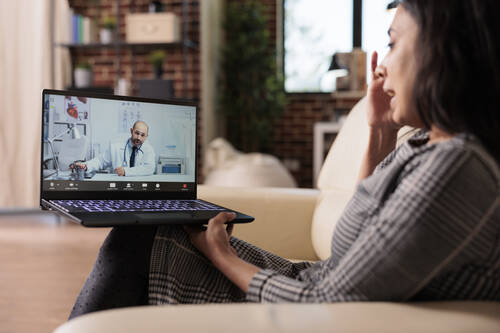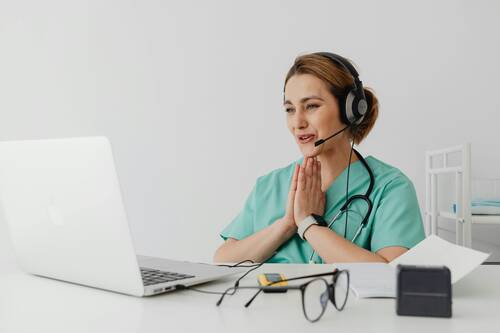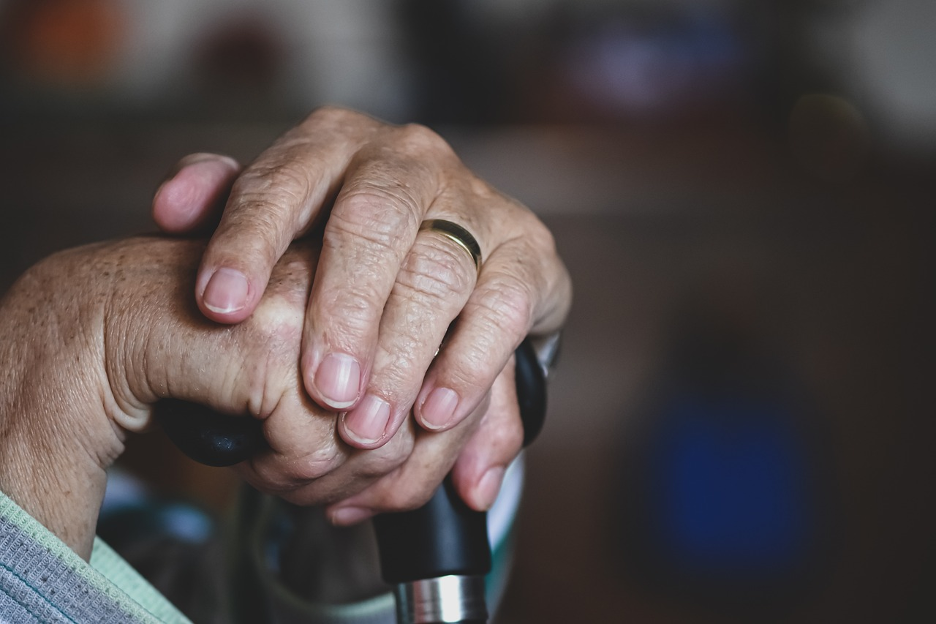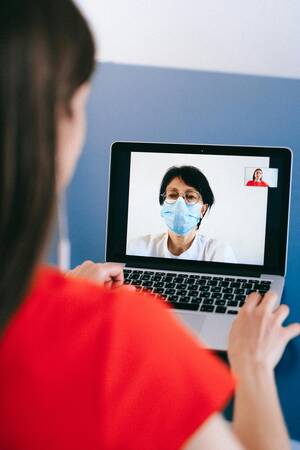MedicalResearch.com Interview with:
Christina Y. Weng, MD, MBA
Assistant Professor-Vitreoretinal Diseases & Surgery
Baylor College of Medicine-Cullen Eye Institute
Medical Research: What is the background for this study? What are the main findings?
Dr. Weng: Telemedicine has been around for a long time, but only recently have technological advances solidified its utility as a reliable, effective, and cost-efficient method of healthcare provision. The application of telemedicine in the field of ophthalmology has been propelled by the development of high-quality non-mydriatic cameras, HIPAA-compliant servers for the storage and transfer of patient data, and the growing demand for ophthalmological care despite the relatively stagnant supply of eye care specialists. The global epidemic of diabetes mellitus has contributed significantly to this growing demand, as the majority of patients with diabetes will develop diabetic retinopathy in their lifetime.
Today, there are over 29 million Americans with diabetes, and diabetic retinopathy is the leading cause of blindness in working age adults in the United States. The American Academy of Ophthalmology’s and American Diabetes Association’s formal screening guidelines recommend that all diabetic patients receive an annual dilated funduscopic examination. Unfortunately, the compliance rate with this recommendation is quite dismal at an estimated 50-65%. It is even lower amongst minority populations which comprise the demographic majority of those served by the Harris Health System in Harris County, Texas, the third most populous county in the United States.
In 2013, the Harris Health System initiated a teleretinal screening program housed by eight of the district’s primary care clinics. In this system, patients with diabetes are identified by their primary care provider (PCP) during their appointments, immediately directed to receive funduscopic photographs by trained on-site personnel operating non-mydriatic cameras, and provided a follow-up recommendation (e.g., referral for in-clinic examination versus repeat imaging in 1 year) depending on the interpretation of their images. The images included in our study were interpreted via two different ways—once by the IRIS
TM (Intelligent Retinal Imaging Systems) proprietary auto-reader and then again by a trained ophthalmic specialist from the IRIS
TM reading center. The primary aim of this study was to evaluate the utility of the auto-reader by comparing its results to those of the reading center.
Data for 15,015 screened diabetic patients (30,030 eyes) were included. The sensitivity of the auto-reader in detecting severe non-proliferative diabetic retinopathy or worse, deemed sight threatening diabetic eye disease (STDED), compared to the reading center interpretation of the same images was 66.4% (95% confidence interval [CI] 62.8% - 69.9%) with a false negative rate of 2%. In a population where 15.8% of diabetics have STDED, the negative predictive value of the auto-reader was 97.8% (CI 96.8% - 98.6%).
(more…)
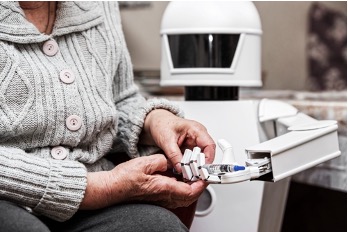 Explore how personalized medicine is transforming senior healthcare through tailored treatments, advanced technology, and individualized care plans. Learn how innovations are improving outcomes and quality of life for aging populations.
The senior population continues to grow, which, in turn, adds pressure to the healthcare system. With age comes various health conditions, making individualized care more essential. Healthcare isn’t a one-size-fits-all. Each health condition may need attention and treatment, and not everyone has the same health conditions or reactions. Personalized medicine focuses on providing the right plans and treatment for each individual, improving outcomes and the quality of life.
Personalized medicine is an approach that caters to the necessary treatment an individual needs based on their specific conditions and characteristics. Characteristics can be defined as genetics, lifestyle, and environment. With new innovations and advances in technology, personalized medicine can be more helpful now than ever.
(more…)
Explore how personalized medicine is transforming senior healthcare through tailored treatments, advanced technology, and individualized care plans. Learn how innovations are improving outcomes and quality of life for aging populations.
The senior population continues to grow, which, in turn, adds pressure to the healthcare system. With age comes various health conditions, making individualized care more essential. Healthcare isn’t a one-size-fits-all. Each health condition may need attention and treatment, and not everyone has the same health conditions or reactions. Personalized medicine focuses on providing the right plans and treatment for each individual, improving outcomes and the quality of life.
Personalized medicine is an approach that caters to the necessary treatment an individual needs based on their specific conditions and characteristics. Characteristics can be defined as genetics, lifestyle, and environment. With new innovations and advances in technology, personalized medicine can be more helpful now than ever.
(more…)


